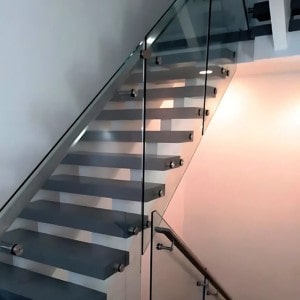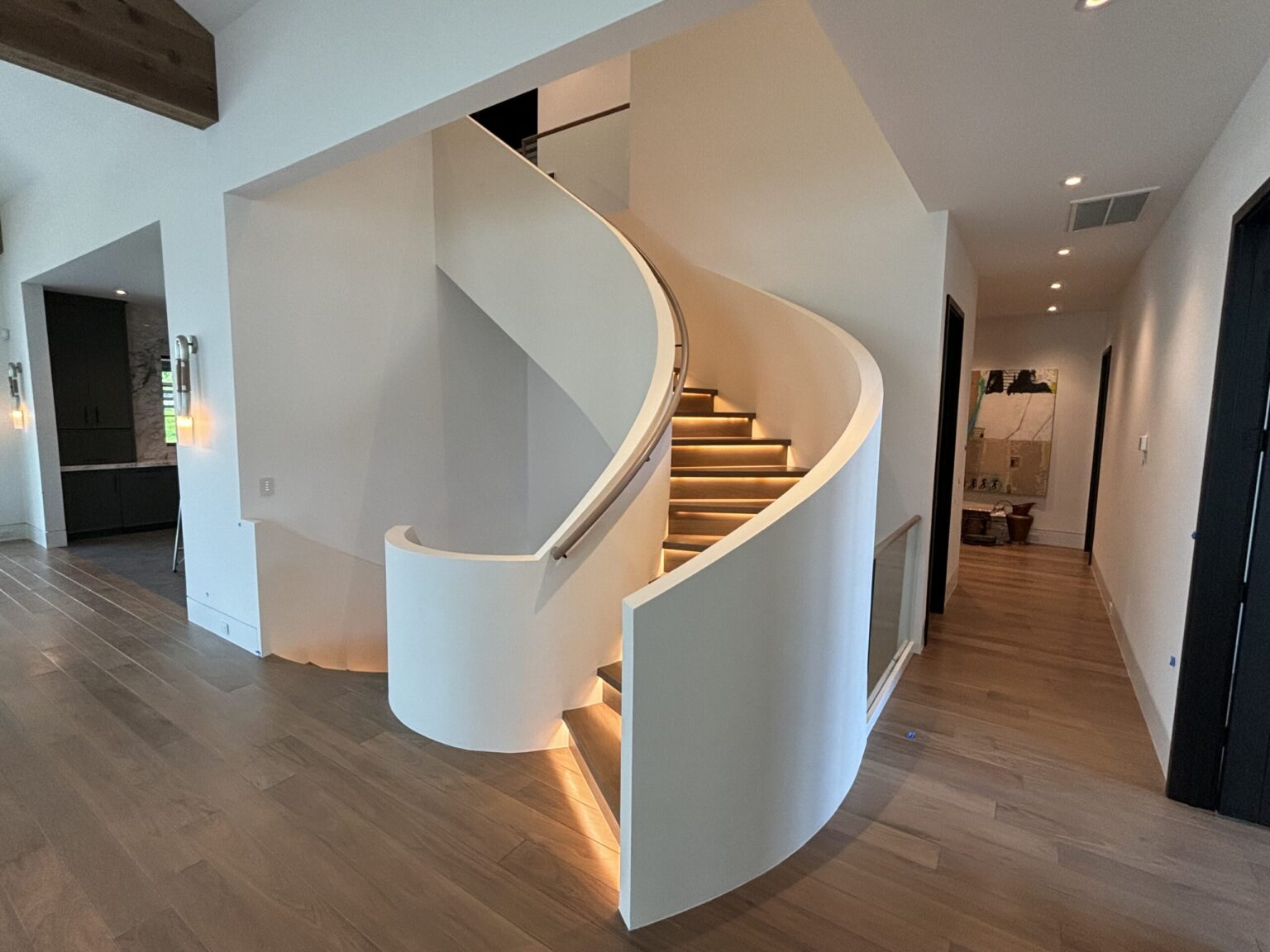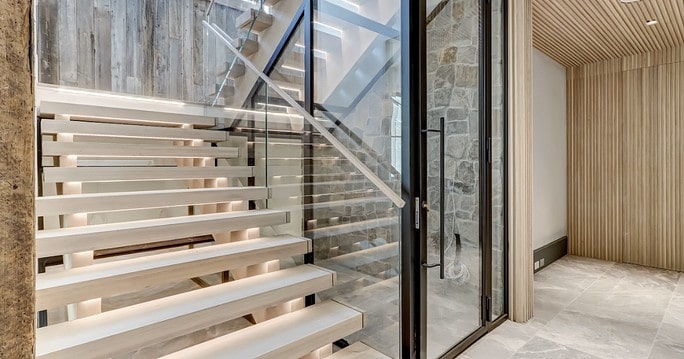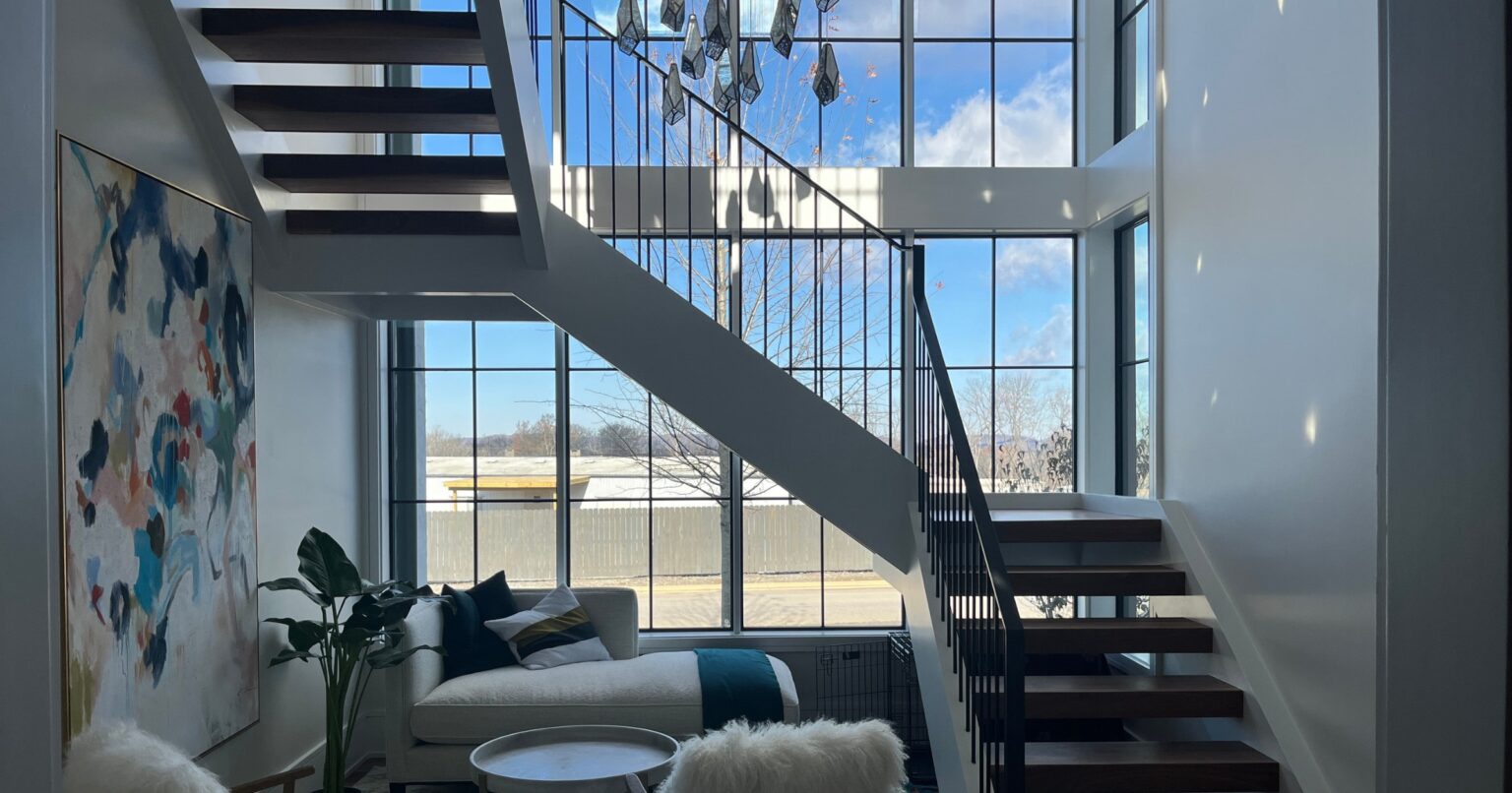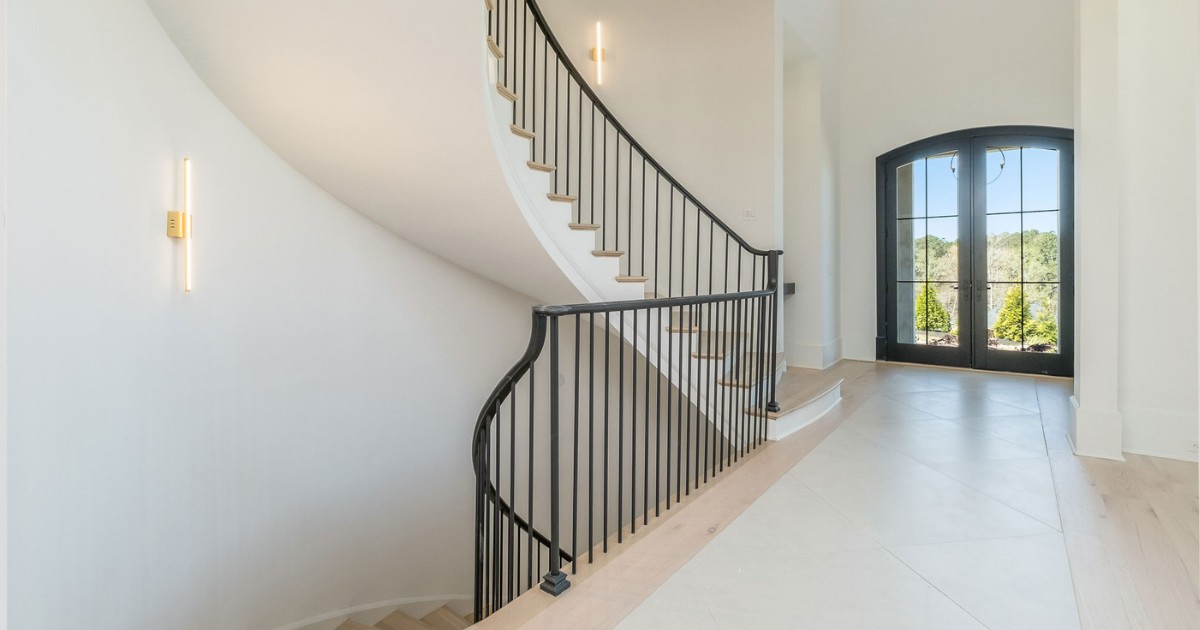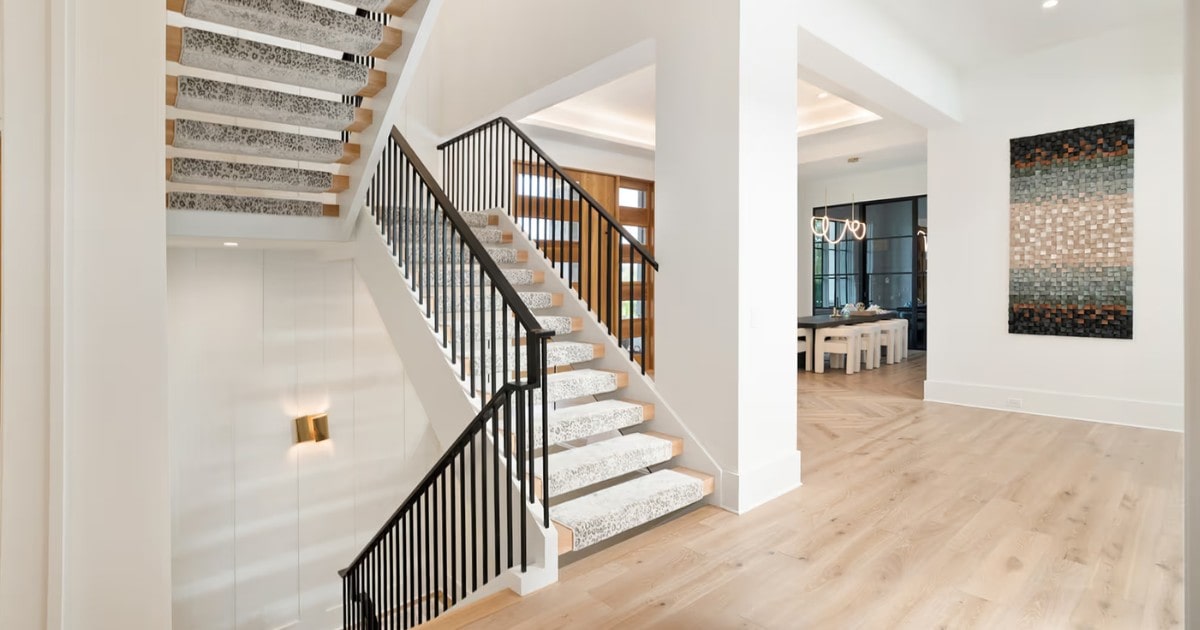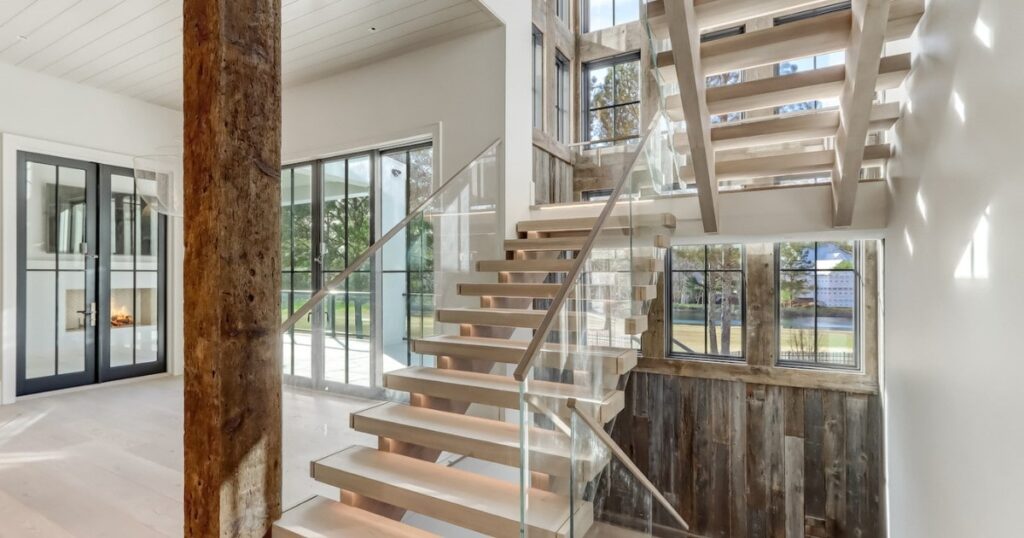
The engineering behind floating stairs is fascinating. Floating stairs are a stunning architectural statement, blending modern elegance with functional design. But have you ever wondered how floating staircases seemingly defy gravity? The secret lies in precision engineering, innovative materials, and structural support that remains hidden from view. Let’s dive into the science behind floating stairs and how they achieve their sleek, weightless look.
Structural Support: The Backbone Engineering Behind Floating Stairs
Floating stairs rely on concealed support systems, unlike traditional staircases with visible risers and stringers. Here are the key structural elements that keep them secure:
Cantilever Design – Many floating staircases use hidden stringers, such as a single, concealed steel stringer mounted or embedded within the wall. This structure bears the load while maintaining an open, airy aesthetic. Other floating stair designs use a monorail or moonbeam, a central spine not hidden in the wall. The key to stability lies in deep wall anchoring and steel reinforcements.
Glass and Metal Supports – Sometimes, tempered glass or metal rods provide additional support, enhancing safety and visual appeal.
Materials Matter for Floating Stairs: Strength Meets Style
Floating staircases are built using high-strength materials for durability and safety, such as:
- Stainless Steel – Used in the structural framework to provide maximum support.
- Tempered Glass – Adds transparency while maintaining strength and safety.
- Wood – Popular for treads, offering a warm, natural touch.
- Concrete – Ideal for ultra-modern designs requiring robust load-bearing capacity.
Safety Considerations in Floating Stairs Design
While floating stairs offer a breathtaking visual effect, safety is paramount. Here’s how engineers ensure structural integrity:
- Code Compliance—Floating staircases must meet building codes regarding tread depth, riser height, and railing requirements.
- Load Testing – Engineers test the weight-bearing capacity to guarantee long-term stability.
- Non-Slip Surfaces – High-traction finishes or glass treatments prevent slips.
- Secure Fastening – Advanced anchoring techniques ensure that treads remain firmly in place.
Customization and Aesthetic Appeal
One of the most significant advantages of floating staircases is their versatility. Whether you prefer a sleek steel staircase, warm wooden treads, or an artistic mix of glass and metal, customization options are endless.
Architects and designers love floating stairs because they can make small spaces feel larger, enhance natural light flow, and create a contemporary focal point in any home or commercial setting.
Elevate Your Space with Floating Stairs
Floating staircases are more than just a design choice—they’re an engineering marvel that blends strength with sophistication. At Southern Staircase, we craft stunning, high-quality floating staircases tailored to your unique vision.
Contact us today to explore our custom staircase solutions and bring your dream staircase to life.


